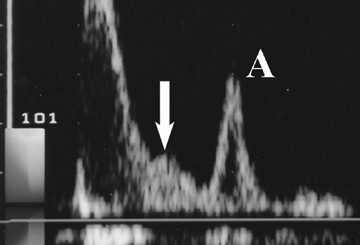Congenital Abnormalities Of The Gallbladder And Bile Ducts
Contents
- 1 All are true of development of gallbladder except
- 2 Giant cell transformation of the hepatocytes is seen in all except
- 3 Not true of extrahepatic biliary atresia is
- 4 All are true of Caroli Syndrome except
- 5 Following are true of Choledochal cysts except
- 6 Not true of treatment of choledochal cyst is
- 7 Anomalous pancreaticobiliary junction
- 8 Gastric malignancy due to bile reflux
- 9 Type IV A choledochal cysts
All are true of development of gallbladder except
A. The gallbladder and cystic duct develop from the choledochus
B. During early fetal life the gallbladder is a separate organ from the liver
C. Absence of the gallbladder may not indicate a pathological problem
D. The Phrygian cap is not a pathological deformity of the organ
Giant cell transformation of the hepatocytes is seen in all except
A. Herpes virus infection
B. Hyperparathyroidism
C. Herbal medicine usage
D. Sickle cell anemia
Not true of extrahepatic biliary atresia is
A. Type III biliary atresia is the most common one
B. Infants with biliary atresia are usually born with low birthweight
C. Usual presentation in newborn is pale stools and dark urine
D. Prothrombin time and albumin are usually normal
All are true of Caroli Syndrome except
A. Caroli’s syndrome consists of Caroli’s disease and congenital hepatic fibrosis
B. Roux-en-Y hepaticojejunostomy is helpful in single lobe disease
C. ERCP is preferred to MR imaging in fusiform dilatations of the biliary tracts
D. May progress to cholangiocarcinoma
Following are true of Choledochal cysts except
A. Considered a premalignant condition
B. Technetium-99 HIDA scan is preferred over MRCP for the diagnosis of choledochal cyst
C. Type V cysts are also known as Caroli’s disease
D. Type III CC is frequently lined by duodenal mucosa
Not true of treatment of choledochal cyst is
A. Type I is managed with complete excision of the choledochus and Roux-en-Y hepaticojejunostomy (HJ) or hepaticoduodenostomy (HD)
B. Sphincterotomy alone may suffice in type III choledochal cysts (choledochocele)
C. Cyst marsupialization during ERCP can be done for large type II cysts
D. Segmental hepatic resection is the best option for all type V choledochal cyst
In short
Anomalous pancreaticobiliary junction
- For patients with no cyst but an anomalous pancreaticobiliary junction, cholecystectomy is recommended due to the high risk for gallbladder cancer.
Gastric malignancy due to bile reflux
- Higher rate of gastric malignancy due to bile reflux and biliary malignancy is seen with hepaticoduodenostomy compared to Roux-en-Y hepaticojejunostomy cases.
Type IV A choledochal cysts
- Type IV A choledochal cysts have the highest rate of complications, such as stones in the intrahepatic ducts and stricture formation at the site of anastomosis.





